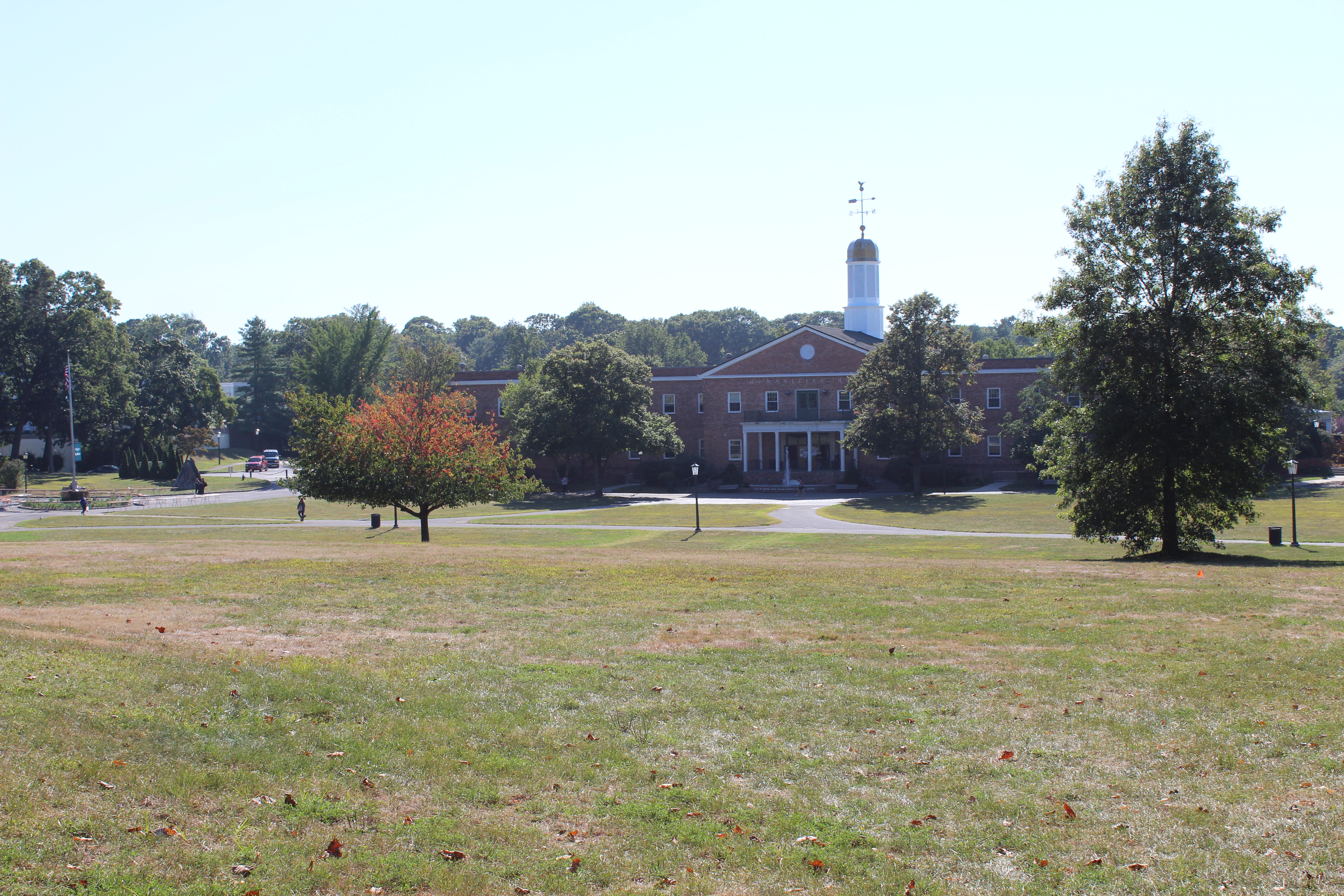By Mirna Youssef
Staff Writer
Most people, during their college careers, have had at least one history lesson. They have learned about countries, wars and significant monuments. But the students here at LIU Post are not just learning about history – they are walking on it. Believe it or not there are several buildings and areas on the LIU Post campus that have historical significance.

The campus consists of three Gold Coast Estates. The first building, the Winnick House, was a part of Post Cereal heiress Marjorie Merriweather Post’s estate. The Winnick House today houses the Admissions Office, Study Abroad Office, and some of the new Success Coach offices, as well. The second estate of Post, the Fine Arts Building, belonged to famous Wall Street broker Edward F. Hutton, who moved to the estate after he and Marjorie Post divorced. Finally, the third part of the campus known as Lorber Hall was owned by William E. Hutton, the nephew of Edward F. Hutton.
Lorber Hall, also known as the School of Accountancy, serves students for several majors, including Accountancy, Criminal Justice and Business. These buildings that once served as homes now serve as classroom buildings for students and offices for staff and facuty.
In 1947, Marjorie Post put her estate up for sale and Long Island University became interested in purchasing the property and transforming it into a small liberal arts college. The transaction was made official in 1951, and the school named the campus C.W. Post in 1954. The campus was named after Marjorie Post’s father, Charles William Post, the founder of the Post Cereal Company.
The history of this campus is not just information complied into a pamphlet, and should be known to the study body, as well as to the community surrounding the university. Kenneth Mensing, LIU Post Campus Historian, said, “The reason why I feel it is important to remember Post history is because so many great people lived here and their accomplishments in life were quite amazing.” Some students feel that learning about Post history would be interesting and would help them feel more connected to the school.
Marjorie Merriweather Post, for example, developed her father’s cereal company into a large food corporation, in addition to becoming the first woman to sit on the board of directors of a company at a time when woman were not known to do that. She became a board member of General Foods in 1937. Although she had owned the company for several years prior, she was told she could not become a board member. Despite the adversity, she fought against tradition and earned herself a spot on the board.
Each day students walk across campus without knowing they are standing in the same spot where many great people stood before. The beautiful trees and gardens that made up the former estate are now a community arboretum, located by the Winnick House, and can be appreciated by our campus community and the greater public.
Of course, with history there also comes rumors. Mensing said, “There is one rumor that I have tried to change for years and it never seems to really go away. It’s about the former rose arbor. [The brick arches south of the formal gardens] have for years been called The Seven Gates of Hell by more students that I can count.” Depending on whom you ask, you may get a different story behind the name. Some students say that as freshman they were told that the rose arbor, haunted the school with ghosts at night, but of course those were just rumors to try and scare the new class. Other stories include that Marjorie Post would haunt The Seven Gates of Hell every night at midnight, and that she would haunt the Fine Arts building at night as well.
Many may not know that the rose arbor has been a destination for many newlyweds. Mensing said that, “Many brides over the years have had their wedding photos taken on the steps of the arbor, and the first commencement for transfer students was held on the steps of the arbor in 1958.”
Now as students and faculty walk the paths and hallways of Post they will know that they are a part of history.


Be First to Comment